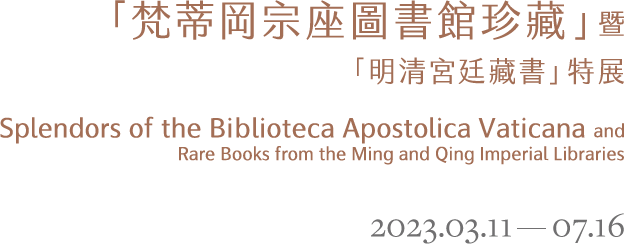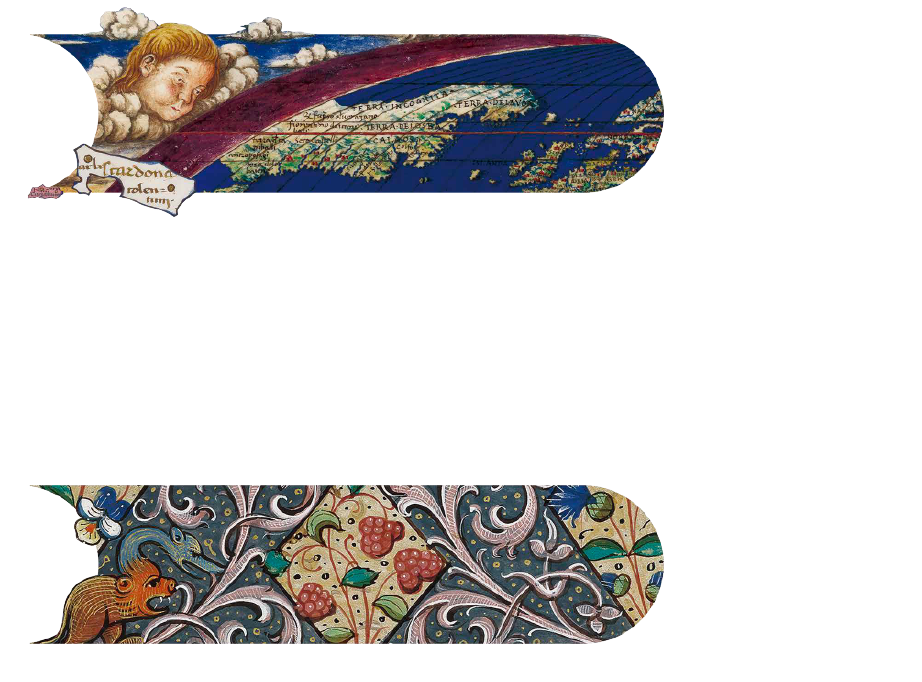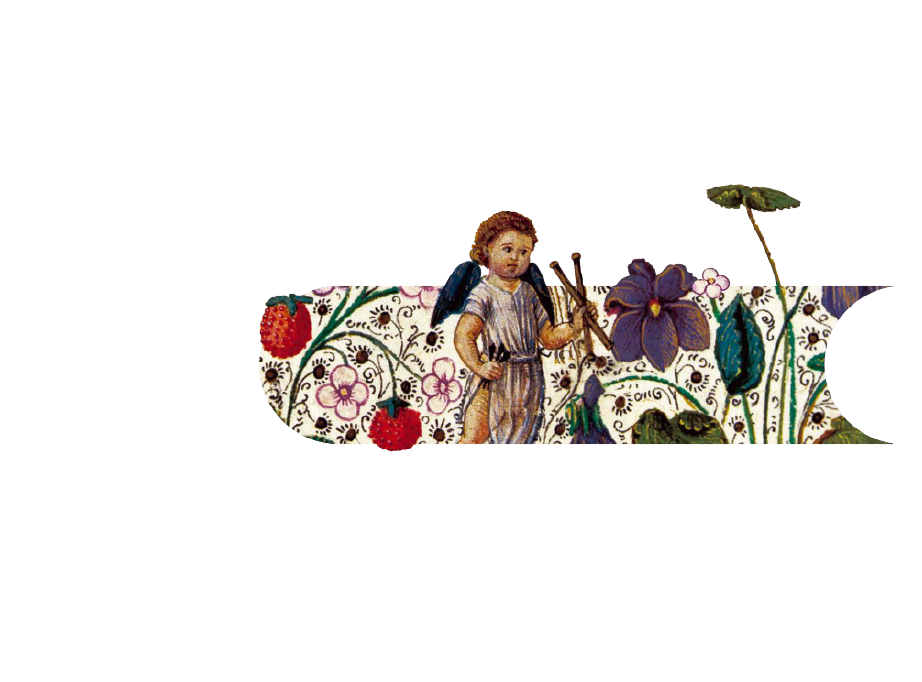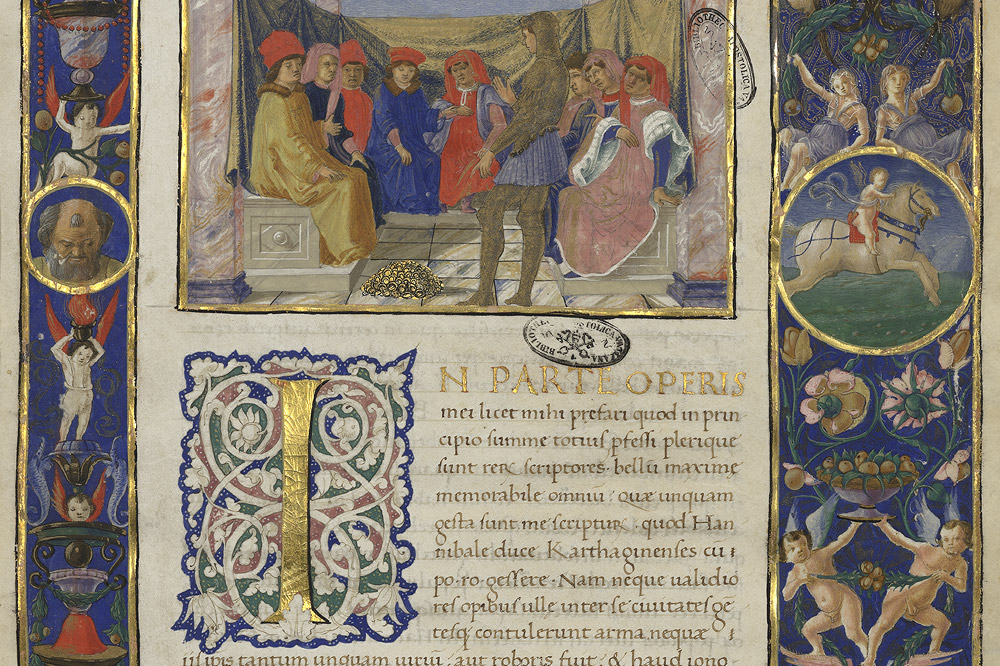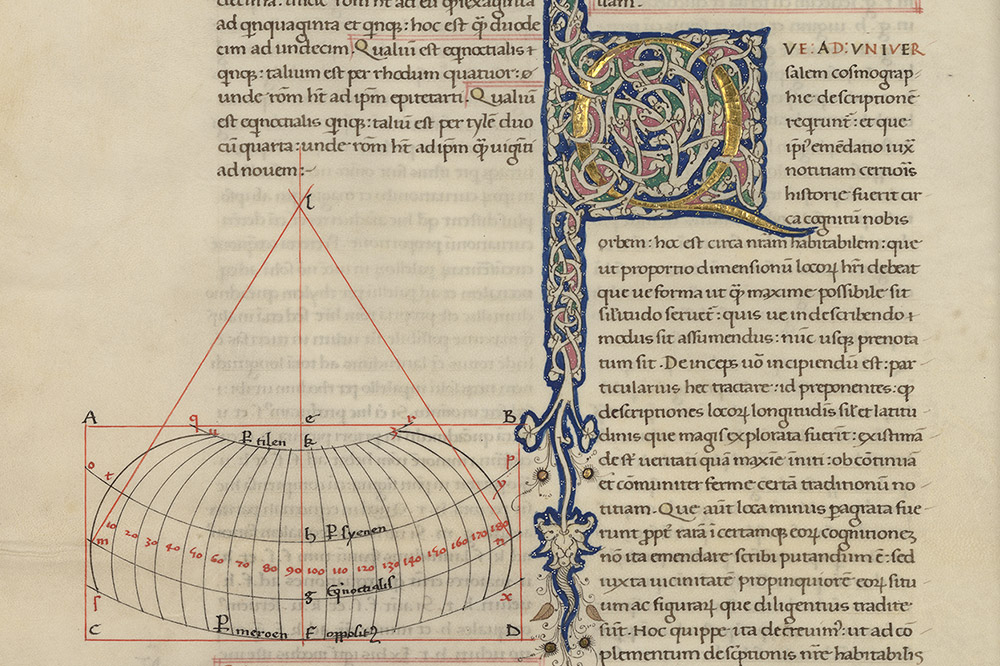The Biblioteca Apostolica Vaticana in the Renaissance
The Renaissance was a period of extraordinary artistic and cultural development that brought to maturity the ideas of humanism from which the Biblioteca Apostolica Vaticana was also born.
Renaissance popes continued to enrich the collection. In addition to the Latin and Greek manuscripts, books in Hebrew (277 in 1521) and in other languages also began to be collected. Very interesting is the Vat.sam.1, a Pentateuch (the first five books of the Bible) of the 14th century in three languages: Hebrew, Aramaic and Arabic.
In the mid-16th century, the Biblioteca's inventory also recorded the arrival of numerous printed books, which by then were the usual means for the dissemination of culture in the West, and which were originally preserved together with the manuscripts. In those years, the manager of the Biblioteca was Marcello Cervini (1501-1555), the first to have the title of Cardinal Librarian, who later became pope with the name of Marcellus II (r. 1555).
Ab Urbe Condita (History of Rome)
- Livy (Titus Livius, 59 B.C.-A.D. 17)
- 15 century|Parchment|395×270×70 mm
- Vat.lat.1848|Original|© Biblioteca Apostolica Vaticana
This luxurious volume belonged to Ludovico Agnelli (1497-1499), Archbishop of Cosenza, whose coat of arms was subsequently covered by that of Pope Julius II (r. 1503-1513) on the initial sheet. The illustration is attributed to Bartolomeo della Gatta (1448-1502). The text opens on f.1r with a sumptuous decoration: inside a frame with allegorical figures and personifications (Faith, Hope and Charity), festoons as well as vegetable and floral elements. There is, in the upper part of the sheet, a table miniature in which eight dignitaries appear seated, a standing character and a pile of gold rings on the ground. It illustrates the passage from Livius' work (Book XXIII, 12) in which Mago (243-203 B.C.), son of Hamilcar Barca (275-228 B.C.), arrived in Carthage announcing the victory of the Carthaginians in Cannae (Punic War II, 216 B.C.).
Geographia (Geography)
- Claudius Ptolemy (c. 100-c. 170)
- Latin translation by Jacopo Angeli da Scarperia (c. 1360-1410/1411)
- 15 century|Parchment|437×298×35 mm
- Vat.lat.3810|Original|© Biblioteca Apostolica Vaticana
It contains the Geographia of Claudius Ptolemy translated into Latin by Jacopo Angeli da Scarperia. Medieval cartography offered an abstract and symbolic representation of the ecumene (tripartite in Europe, Asia and Africa), sometimes enriched with fantastic data. The rediscovery of Ptolemy's work leads Renaissance Europe to a new representation of known lands, based on mathematical methods of projection. These methods allow for the reduction of the distortions deriving from the representation of the spherical surface on a flat plane. On f.11v is the representation of one of the projections proposed by Ptolemy, with the meridians curved and converging upwards and the curved parallels (the other two projections are: straight meridians converging upwards and curved parallels, as well as the Earth seen from a distance).
